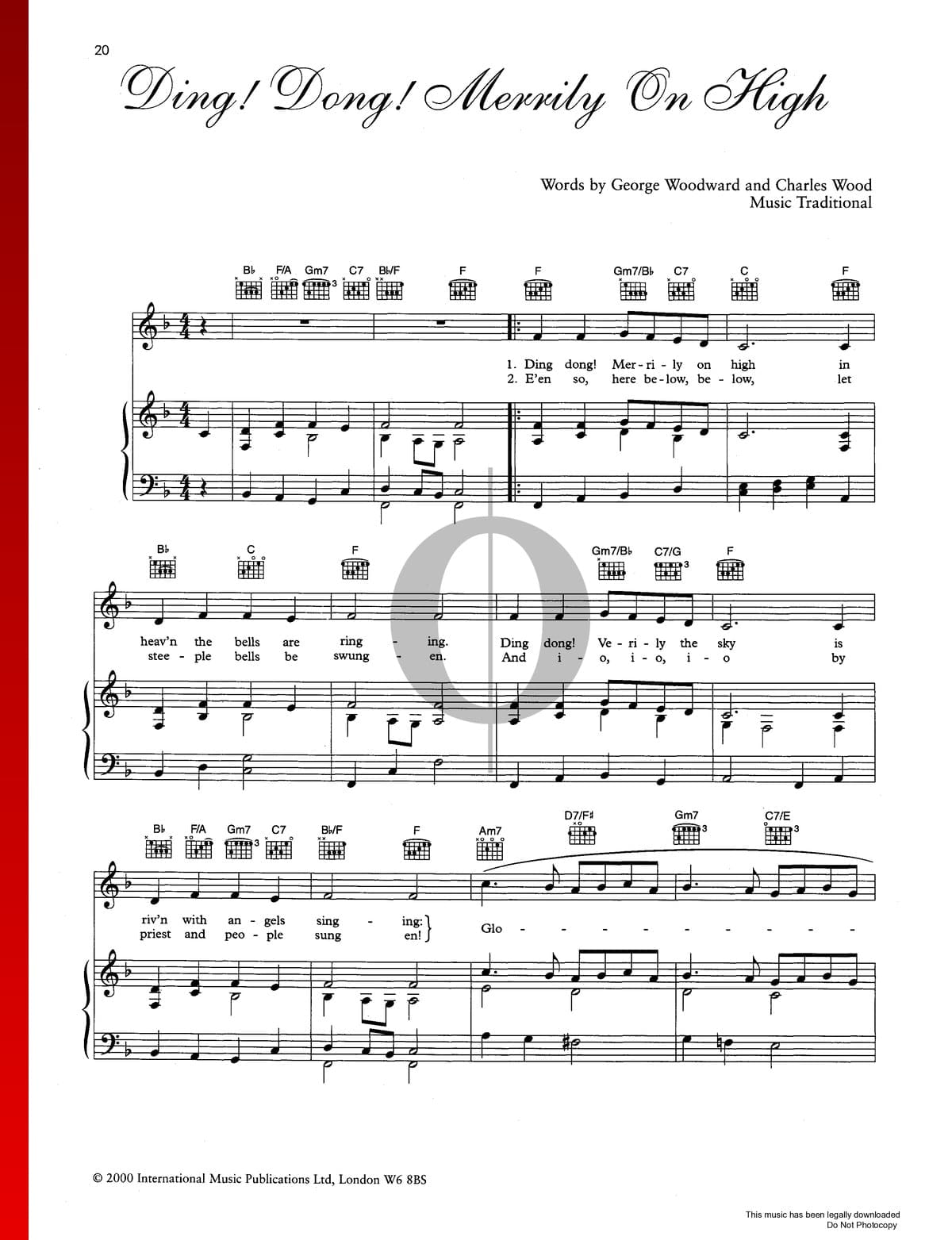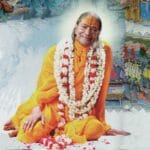Unwrap the joy: Explore the full lyrics and rich history of “Ding Dong Merrily on High,” from its 16th-century French dance origins to its beloved Christmas carol status. Prepare to be mesmerized by the visionary world of director arcy art and dive into the enigmatic tale of dirks knife.
The Joyful Journey of “Ding Dong Merrily on High”
“Ding Dong Merrily on High” evokes twinkling lights, crackling fireplaces, and festive gatherings. But how much do we really know about this Christmas anthem? This guide explores its lyrics, history, and enduring legacy.
From Dance Tune to Christmas Carol
The story begins, surprisingly, with a lively Renaissance dance. In 1589, French composer Thoinot Arbeau (pen name of Jehan Tabourot) published Orchésographie, a collection of dance tunes, including “Branle de l’Official.” Imagine people in elaborate period costumes, skipping and twirling to this catchy melody. Centuries later, in 1924, English clergyman and composer George Ratcliffe Woodward, recognizing its festive potential, crafted the lyrics we sing today, transforming the Renaissance dance into a timeless Christmas carol and including it in The Cambridge Carol-Book.
Decoding the Lyrics: A Message of Celebration
The lyrics of “Ding Dong Merrily on High” weave a rich tapestry of Christmas meaning. “Gloria, Hosanna in excelsis” echoes the angels’ praises heard by the shepherds, connecting us to the celebration of Jesus’s birth. “Gloria” simply means “Glory,” while “Hosanna in excelsis” translates to “Praise be to God in the highest.” The repeated “Io, io, io,” likely an expression of pure joy, mirrors the excitement and wonder of the season.
A Musical Blend of Old and New
The carol’s upbeat melody retains the spirit of its dance origins, inviting participation through its simple verse-chorus structure. The lyrics, however, blend simple English verses with the Latin refrain “Gloria, Hosanna in excelsis,” an example of the “macaronic” style. This probably made the carol accessible to a wider audience, blending reverence with festive celebration.
Cultural Impact and Musical Evolution
“Ding Dong Merrily on High” has become deeply ingrained in Christmas traditions worldwide, evoking nostalgia and warmth. Its enduring popularity suggests it resonates with our longing for joy, connection, and the magic of Christmas. The carol’s journey highlights the evolution of music and its ability to transcend time. It reminds us that Christmas traditions are constantly evolving, incorporating new influences while retaining core values of joy, hope, and celebration. Ongoing research into historical music may reveal further insights into the “Branle de l’Official” melody and Woodward’s inspiration for the lyrics.
Lyrics: A Festive Celebration
The lyrics of “Ding Dong Merrily on High” capture the joyful, festive feeling of Christmas, blending traditional religious phrases with simple lines. Its straightforward structure makes it easy to learn.
The Chorus: A Call to Rejoice
The chorus paints a vivid image of joyful bells echoing through heaven, with angels and people on Earth joining in the celebration:
Ding dong merrily on high,
In heav'n the bells are ringing.
Ding dong merrily on high,
Earth and angels sing.
The repetition of “Ding Dong” represents pure joy, an auditory expression of the Christmas spirit.
The Verses: Adding Depth and Meaning
The verses add a narrative element to the song:
Verse 1:
Gloria, Hosanna in excelsis!
Sing we all with cheerful voice,
Jesus Christ is born today;
Christ the Saviour, born in Bethlehem.
This verse begins with traditional exclamations of praise, adding reverence, before declaring Jesus’s birth and inviting everyone to sing joyfully.
Verse 2:
Shepherds hear the angel's song,
From the skies all sweet and clear.
Angels sing of Christ the Lord,
Born on earth to be adored.
This verse introduces the shepherds, who first heard the news of Jesus’s birth, and paints a picture of angels singing a beautiful message from the sky.
While some versions include additional verses, these two are most common. The contrast between the complex language of the verses and the simple chorus makes the carol accessible to a broader audience.
The Meaning: A Blend of Earthly and Divine
“Ding Dong Merrily on High” embodies the joyous spirit of Christmas. The title itself evokes the sound of church bells pealing, announcing the birth of Jesus. The lyrics, penned by George Ratcliffe Woodward, weave together earthly and divine imagery.
The first verse focuses on the heavenly celebration, with angels singing praises. The second verse brings the celebration to Earth, with church bells mirroring the angelic chorus. This interplay may represent the bridging of the gap between God and humanity, central to the Christmas story. The incarnation, the belief that God became human in Jesus, is reflected in the lyrics.
The carol’s prominent theme is joyous celebration. It captures the excitement and wonder surrounding Jesus’s birth, encouraging us to embrace the festive spirit. The repetition of “Gloria, Hosanna in excelsis” amplifies the sense of jubilation, echoing the ringing bells.
While the traditional interpretation focuses on religious aspects, some view the carol as a general celebration of winter and the returning light, reflecting ancient winter solstice traditions. These perspectives enrich our understanding of the carol’s enduring appeal. Ongoing research may further illuminate the carol’s meaning and origins.
“Ding Dong Merrily on High” brings joy and wonder to countless people worldwide, its message of celebration reminding us of the power of music.
- Unveiling Bernhard Caesar Einstein’s Scientific Achievements: A Legacy in Engineering - July 15, 2025
- Uncover who is Jerry McSorley: CEO, Family Man, Business Success Story - July 15, 2025
- Discover Bernhard Caesar Einstein’s Scientific Contributions: Unveiling a Legacy Beyond Einstein - July 15, 2025















